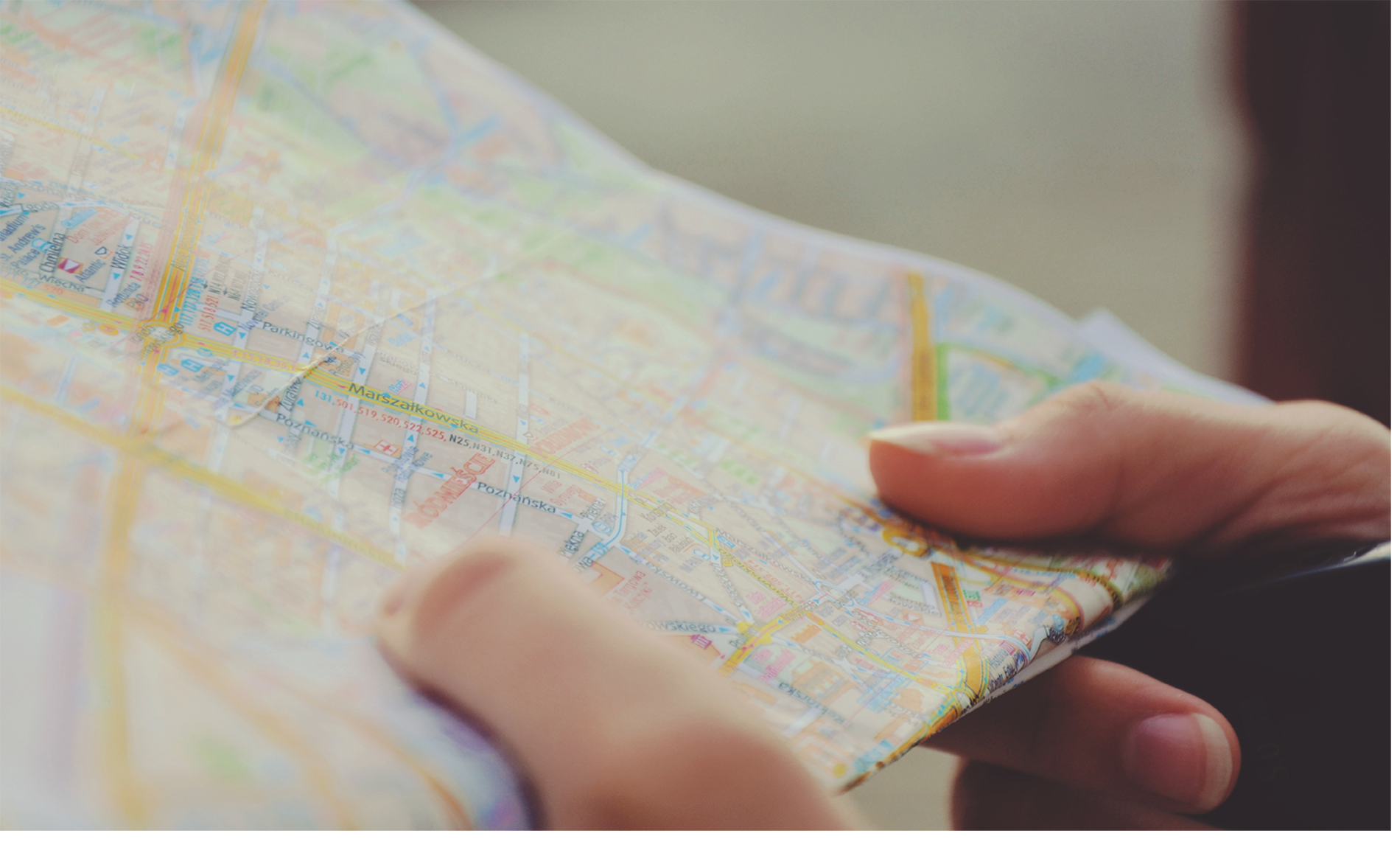
5.0
MAPS R US
THE STAGES OF THE MAPPING PROCESS
Too often, considerations of technology, channel, and content come first, and companies follow a generalized approach to experience architecture rather than focusing on their customers as individuals. Change starts with a shift in perspective from that of a campaign (one-to-many) to that of a personal journey (one-to-one).
Customer journey mapping starts with understanding the current customer journey (from Point A to Point X) and how it aligns with the goals of your business and brand promise. Then you work to identify the improvements you want to make.
Before we dive into the steps in the process, here is an overview of the three mappings you should do in order to formulate the best experience architecture blueprint and align the whole team around it. Each is a very helpful tool, and they build on one another.
We’ve reviewed journey and experience maps. Before we move on, let’s revisit them for a moment.
JOURNEY MAPS
Journey maps are the most popular and familiar of the bunch. With them, you take a walk in the shoes of your customers to highlight the strategic and technological solutions necessary to better serve them.
As no customer journey is ever truly linear, the process must involve more than outlining the moments of truth driving customers toward conversion. You want to be mapping an idealistic physical and digital pathway. ...
Get X: The Experience When Business Meets Design now with the O’Reilly learning platform.
O’Reilly members experience books, live events, courses curated by job role, and more from O’Reilly and nearly 200 top publishers.

